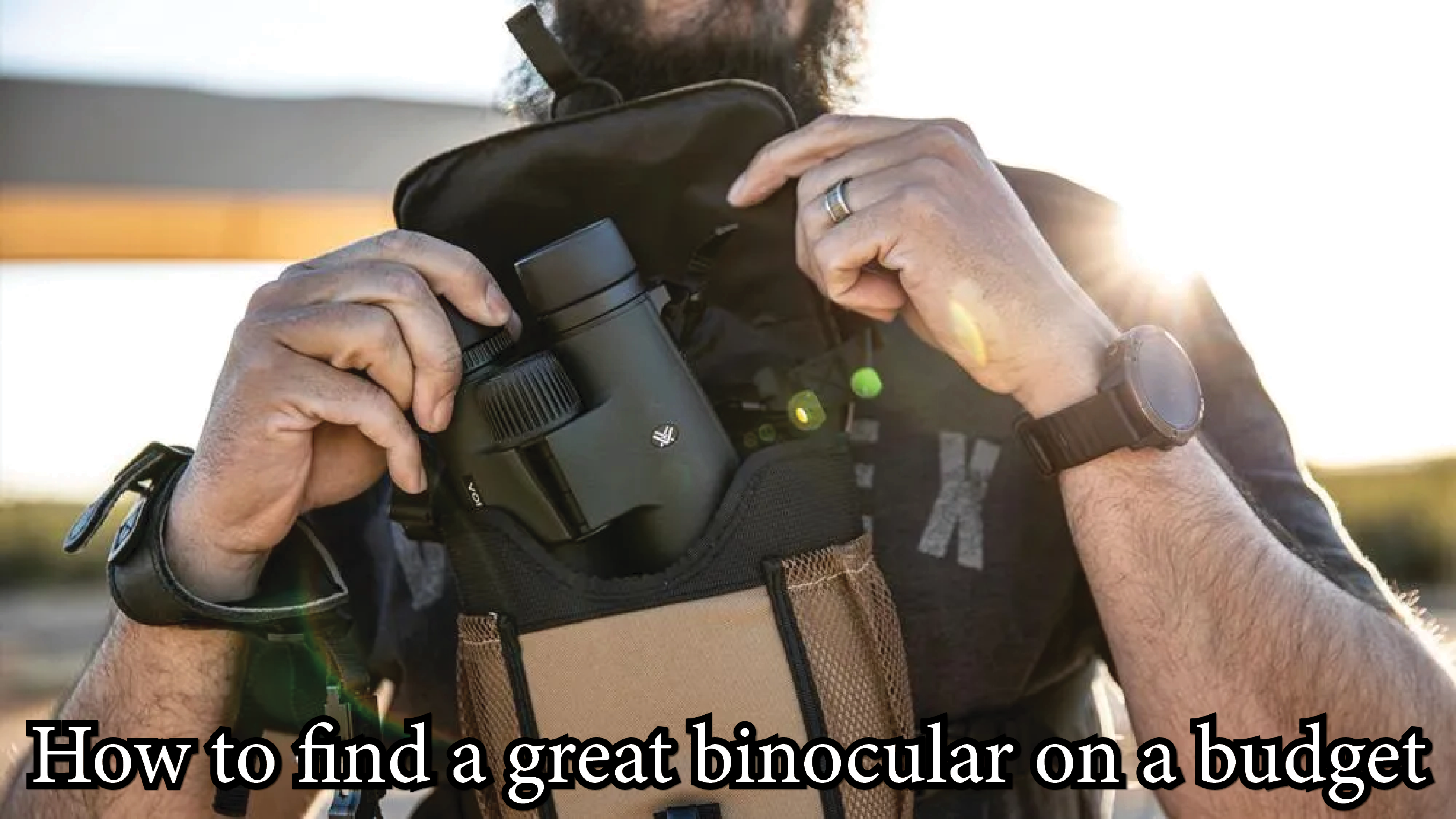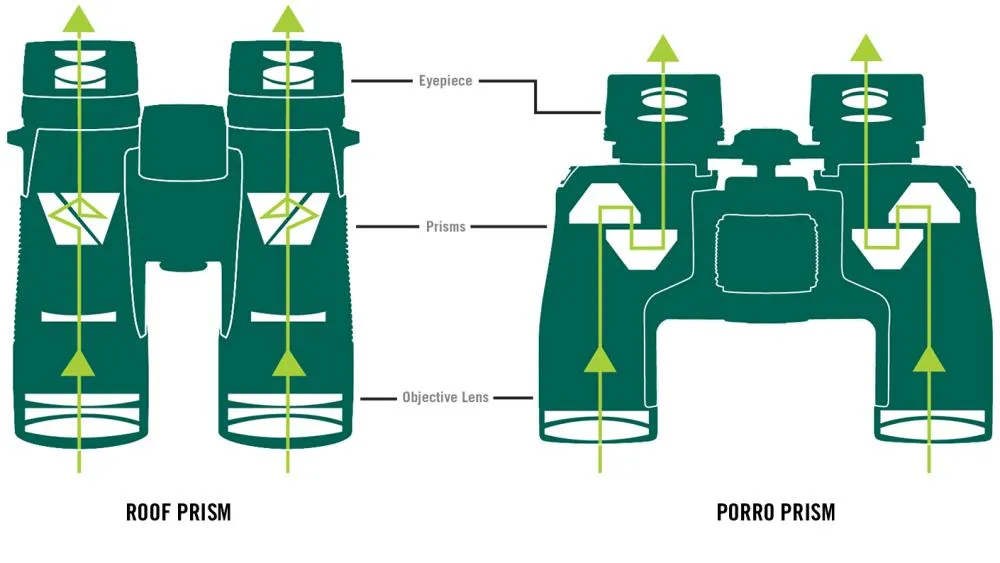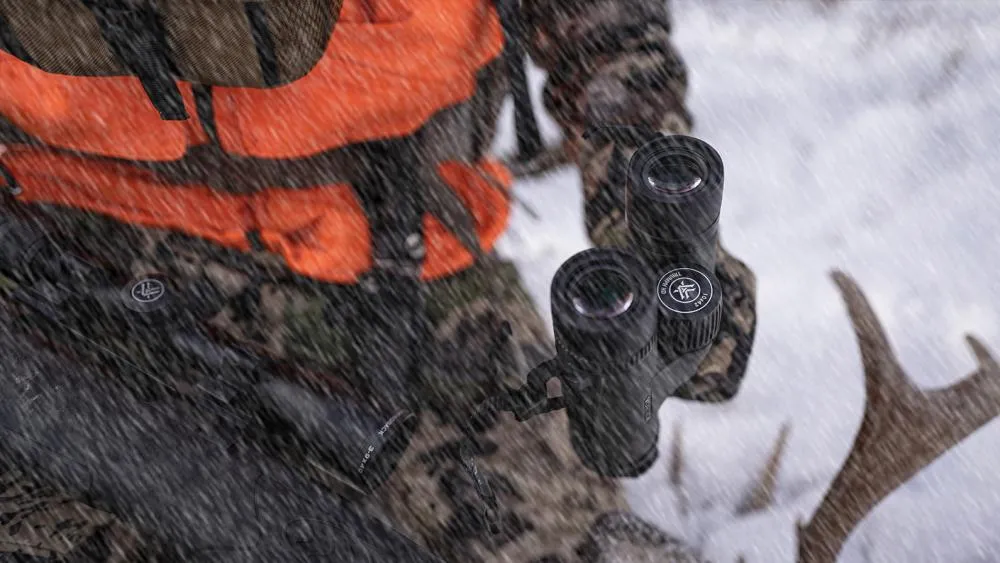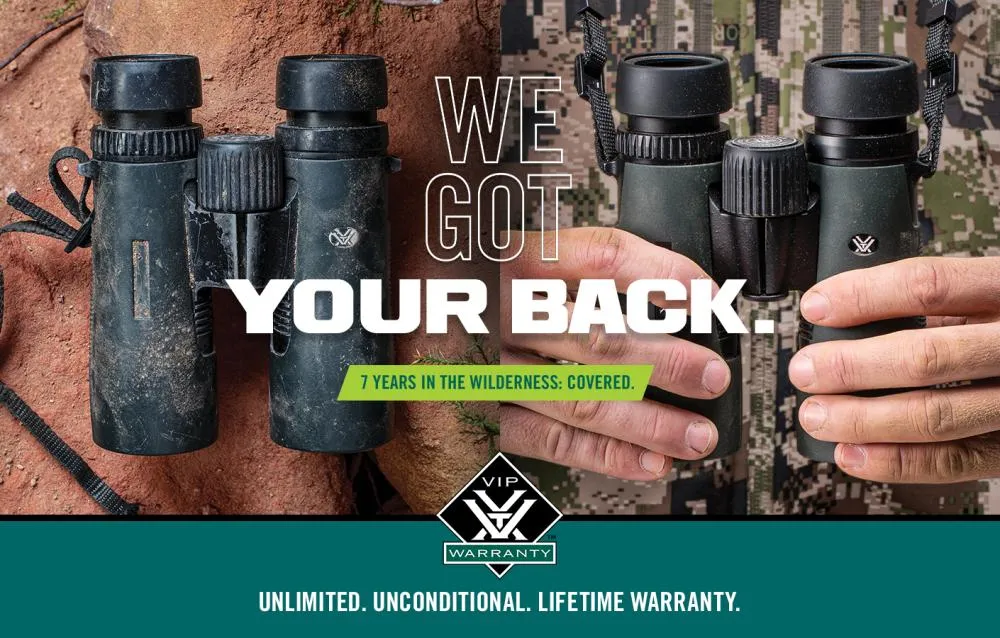Shopping for binoculars can be overwhelming, especially when you’re new to the glassing game. Or maybe you’re just looking for an inexpensive backup binocular that doesn’t cost a fortune but gets the job done.
When shopping for budget binoculars, it’s all about finding a good balance between performance, image quality, and cost. To help you save without sacrificing quality, here’s a breakdown of the most important factors you should know:








